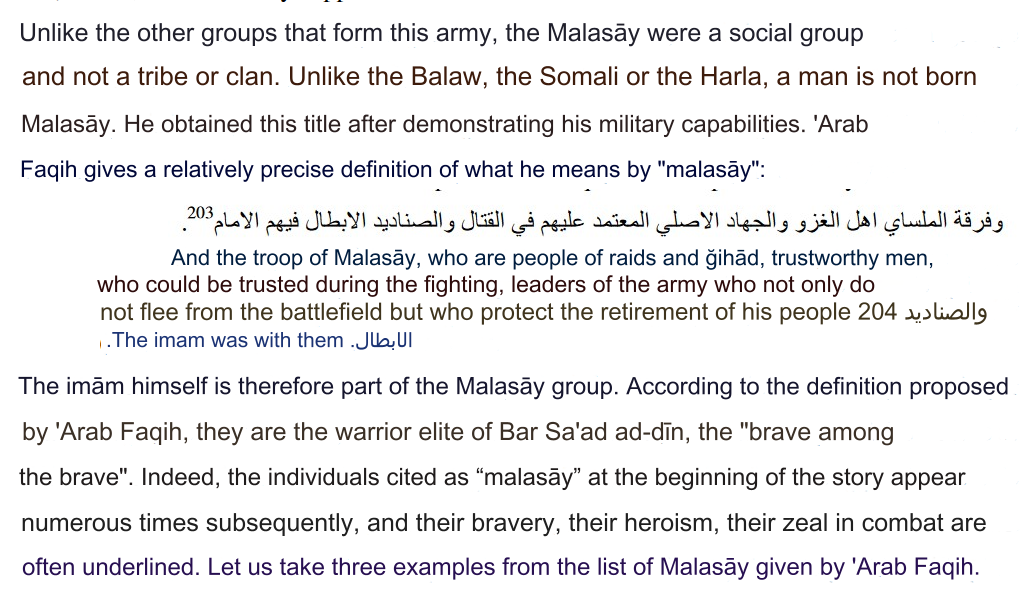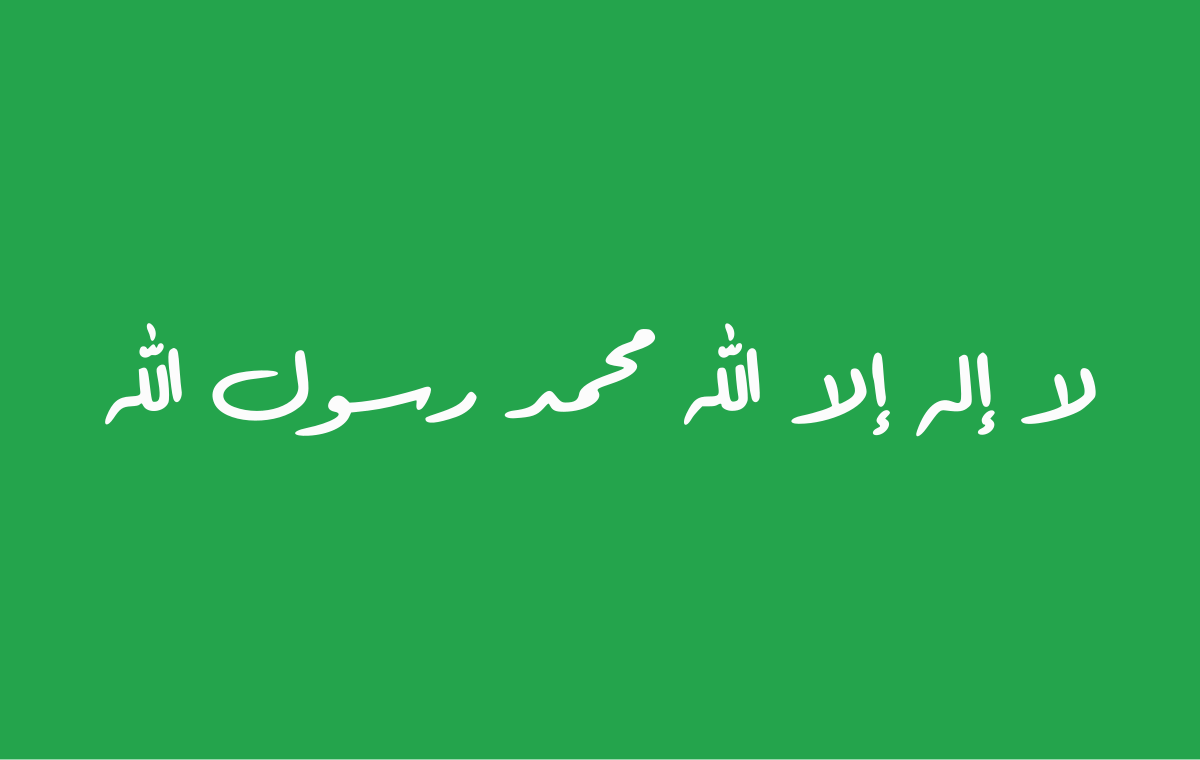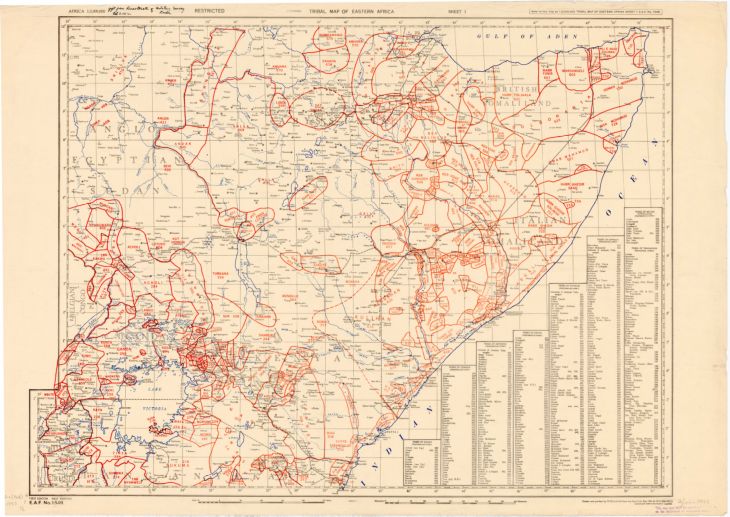Idilinaa
VIP
One final damning thing this all sort of implies is that, well... I'm gonna trigger some folks and maybe ruffle some feathers but please be aware that I'm not religious about this. It's just what I observe... and that's that this seems to pretty much imply most of the people the author is interacting with are Somalis. Only Somalis would really call the nomads "Somali" and prompt him to record things that way. If he was speaking to Ethiosemites of any kind we'd likely see the book littered with "Simur" or "Simuri" or something to that effect, then there are damning place names like this for the Shabelle river:
He's literally just writing the Somali word for "river" and doesn't realize it. They probably revered it as "The river" rather than giving him a specific name like for the Awash because, as he says, it's very important and mighty. It was also pointed out to me that the Imam's wife's name, "Bati Del Wanbara" sounds in part like a weird Habesha bastardization of a name similar to "Dombira", the founding mother of the Darood. I don't remember how this friend came upon the reconstruction but I think he mentioned some linguist pointing out that it could be read like "Dalombira":

Then there's the fact that, as far as I remember noticing, any non Christian Habesha names that aren't Arab and aren't ethnic names like Gedaya (Gedeo?) are basically Somali names like the few outlined earlier. There's not really other ethnic given names evident, as far as I can see, though I must admit it's been a while since I've done a full read through and I maybe mistaken. But if this is the case, it strongly implies the Imam and probably everyone else in the area is mostly Somali and speaking Somali when not speaking Arabic. Along this vein, it's very telling that all the nomads in the area are being referred to using a Somali word that was probably passed onto the author by their settled counterparts like the Arab women calling the Badus "The Arabs" to their children whom they want to scare.
In Futuh her name is written as Dalombiro Bintu Maxfud. Bati Del Wambara is the Ethiopian Ethio-Semetic rendering of her name.
It was pointed out by linguist Abdalla Mansur. that it was similar to Daroods wife's name Dambiro in Somali traditions.
There is a trend to render Somali names into Amharic/Ethio-Semetic ones by Ethiopian Christians. The nickname Gurey becomes Gragn, Dalombiro Bintu Maxfud becomes Bati Del Wamabara. Aw-Bare a prominent medieval town becomes Tefer Beri, Qabri Bayax similarly a town becomes Gebre Bayah etc etc.
When you see Somalis with names like Goita Tedros and Dawit in Futuh. It's not really surprising given these facts, it's clearly a forced replacement of their names , not just forced conversions.
One must also consider that Somali cultural traditions are on display in the Futuh as well. Such as with this story involving the Imam:
It is referencing a Somali and Afar Cushitic tradition of trial by fire:
As you can see above, one Ethiopian author actually tried to use it as evidence that the Imam was Afar or half Afar but that author is mistaken as I've pointed out elsewhere. He makes big unfounded leaps such as assuming the Malassai are an ethnic group (and Afar) when we know from reading the Futuh they're instead a mishmash of tribes and soldiers who comprise the army's elite fighters who directly serve under the Imam.
And Malasay was a Military title and Futuh plainly says it with no specific tribal attachement:

Which i am positively certain is the title Malaakh which means ''War Leader' among sedentary Somali communities.

Last edited:






